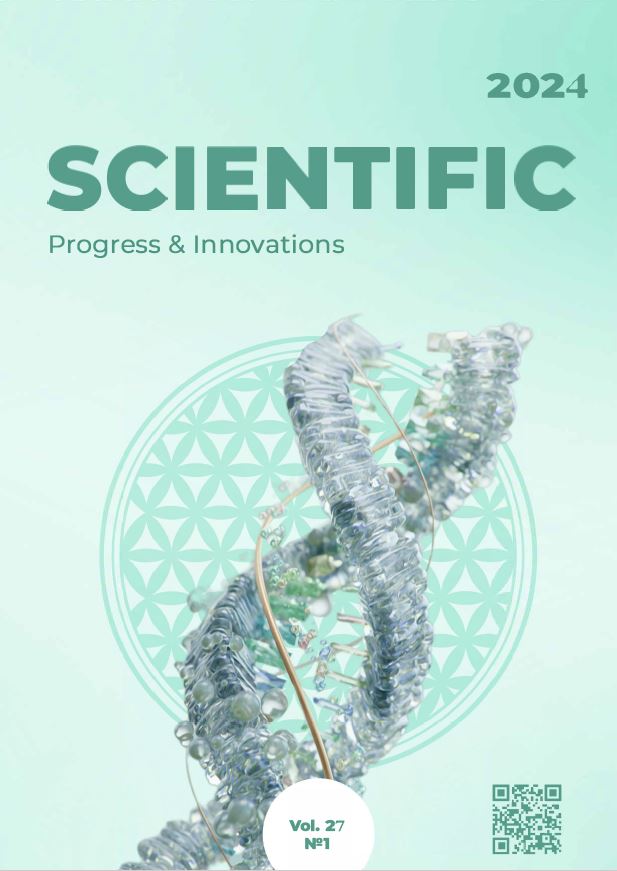Effectiveness of foliar fertilization of soybean crops
DOI:
https://doi.org/10.31210/spi2024.27.01.09Keywords:
soybean, cultivation technology, fertilizers, yieldAbstract
Soybean cultivation technology needs constant improvement. In order to increase the productivity of new varieties and adapt to existing climate changes and the emergence of innovative products used in agricultural technologies. Mineral nutrition of legumes, despite numerous scientific works on this issue, remains a relevant and unstudied topic. The aim of our research was to determine the effect of foliar feeding on the formation of productivity elements and soybean grain yield. Scientific research was conducted during 2021–2023. The object of research was the early-ripening variety Pallada, which was grown according to the same technology, except for fertilizers, the effect of which was studied during the research. Foliar fertilizing with complex microfertilizers was carried out in the budding phase of soybeans according to the following scheme: Control (without fertilizing); Quantum PLATINUM, 3.0 l/ha; Vuksal Oilseed, 3.0 l/ha and Basfoliar Active SL, 3.0 l/ha. The maximum indicator of the leaf surface area of one plant of 962.50 cm2 was recorded in variants with the use of Vuksal Oilseed for feeding. The growth of vegetative mass depends on the supply of nutrients to the plants - this was also established in our experiment. The worst indicator in the Control variant (without fertilizing) and high results in the growth of vegetative mass in the variants with fertilizing with a solution of microfertilizers: Vuksal Oilseed and Basfoliar Active SL. Depending on the factor studied in the field experiment, the lowest yield of 1.98 t/ha, according to three-year data, was obtained in the control variant. Variants, where spraying with complex chelated microfertilizers was used, had an effect on increasing the yield rate. Variants, where spraying with complex chelated microfertilizers was used, had an effect on increasing the yield rate. The use of Quantum PLATINUM resulted in an increase of 0.09 t/ha compared to the control. Fertilization with Vuksal Oilseed had an effect on increasing yield within 0.83 t/ha. The use of Basfoliar Active SL fertilizer contributed to an increase in yield by 0.6 t/ha. To increase the yield, we recommend in the technology of growing soybeans to carry out foliar feeding in the phase of budding with complex microfertilizer on a chelate basis Vuksal Oilsid at the rate of 3.0 l/ha.

 Creative Commons Attribution 4.0 International Licens
Creative Commons Attribution 4.0 International Licens